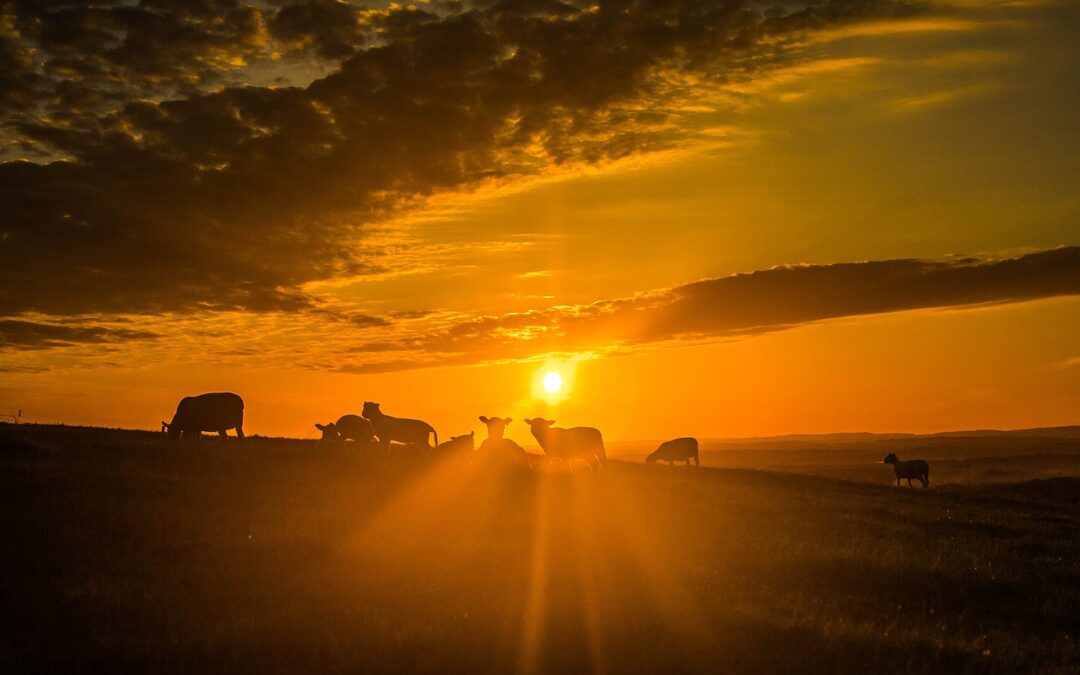Exposure to sunlight is essential for human health. Sunlight regulates moods and emotions and provides physical benefits such as catalyzing the body’s production of Vitamin D and other vital nutrients. However, overexposure to sunlight comes with several risks, ranging from sunburn and dehydration to the possibility of skin cancer. Tennis players (and other athletes) or celebrities, including Andy Roddick, Hugh Jackman, and Khloe Kardashian, have experienced skin cancer.
Skin cancer is the 17th most common cancer worldwide, and its prevalence in Europe is rising . For example, tennis players are extremely exposed to the sun, as are people engaged in activities like hiking, biking, golf, or skiing. Besides weather conditions and cloud cover, UV radiation levels are influenced by sun height (depending on the time of day and season), latitude, ground reflection (especially from snow, water, and sand), ozone levels (which vary throughout the year and day), and altitude (UV levels rise by 10-12% for every 1000 meters increase in altitude). See more info here.
Did you know that merino wool naturally protects you from the harmful rays of the sun—ultraviolet radiation (UVR)?
Merino wool helps to protect your skin from the harmful rays of the sun better than traditional summer fabrics such as cotton. Wool absorbs UV radiation across the entire UV spectrum, providing comprehensive protection from the sun. This trait is natural, as merino wool originates from merino sheep, which historically inhabited the mountains of Spain. These sheep developed this natural UV protection to shield themselves from the intense Spanish sun.

A scientific study by Gamblicher et al. (2001) on 236 different fabrics found that more than half of the tested fibers fell short of the European standard for UV protection. Merino wool was one of the few fabrics that passed all the tests conducted during the study (with a UPF of more than 40), while nylon, linen, viscose, and cotton all fared poorly. More than half of all tested fabrics underperformed, with UPF ratings below 30.
Merino wool showed during test the UPF more than 40.
A UPF rating of 30 or 50+ corresponds to clothing that blocks 96.7% or 98% of radiation, respectively.
Therefore, ALPBOCK merino products have a minimum UPF of 30 or higher. What does this mean? It means you can stay longer in the sun while wearing ALPBOCK Merino products without worrying about sunburn or other unwanted radiation effects.
Material composition is not the only factor affecting a garment’s UPF. Several other factors contribute to the UV protection provided by clothing:
- Type of fabric material: Wool, linen, cotton, polyamide, etc.
- Fabric weave or knit: Generally, the tighter the weave or knit, the higher the UPF.
- Color: Darker colors provide more protection than lighter-colored fabrics of the same material.
- Fabric weight or thickness: Heavier and thicker fabrics offer better protection.
- Condition when wet: Wet fabrics can lose up to half of their UV protection.
ALPBOCK Merinowool products, particularly T-shirts are great to wear during the summer.
In conclusion, merino wool garments offer excellent UV protection, making them ideal for sunny conditions. Next time you head out into the sun, wear one of our merino wool tops to enjoy comfort and the peace of mind that comes with knowing you’re protected from the sun.

